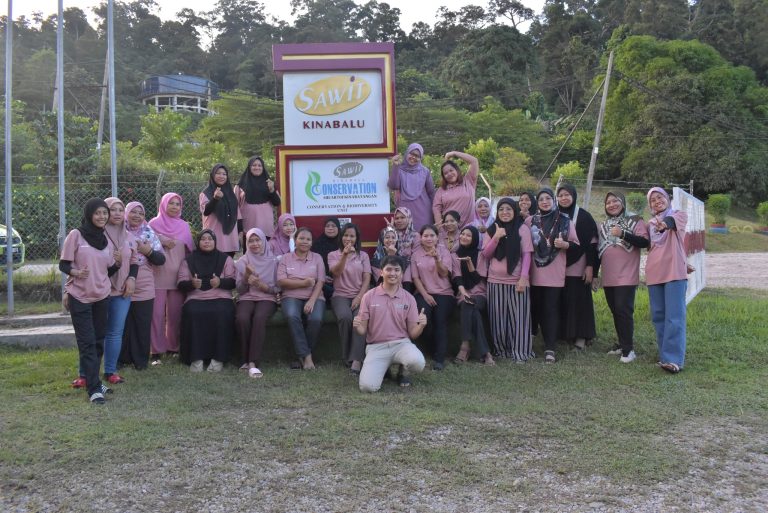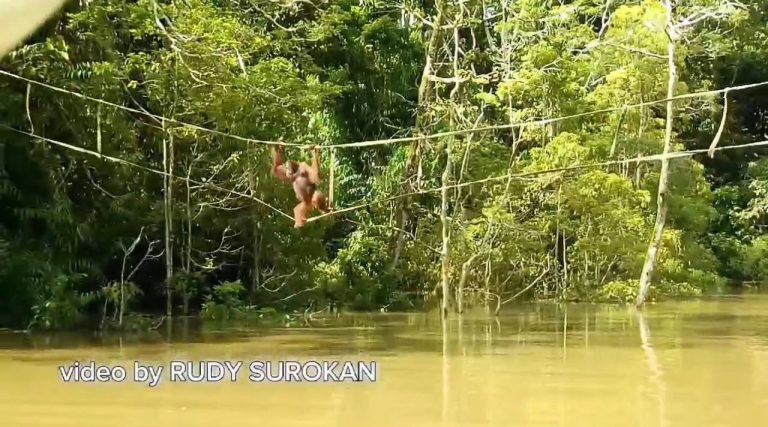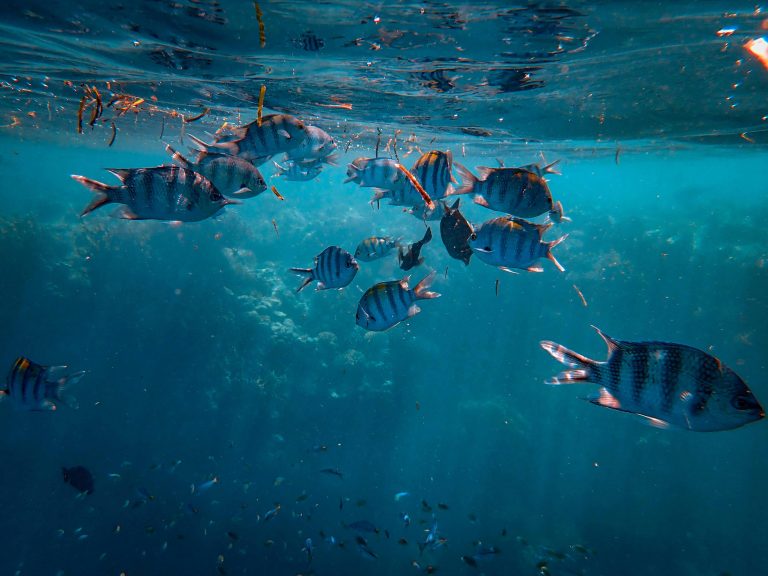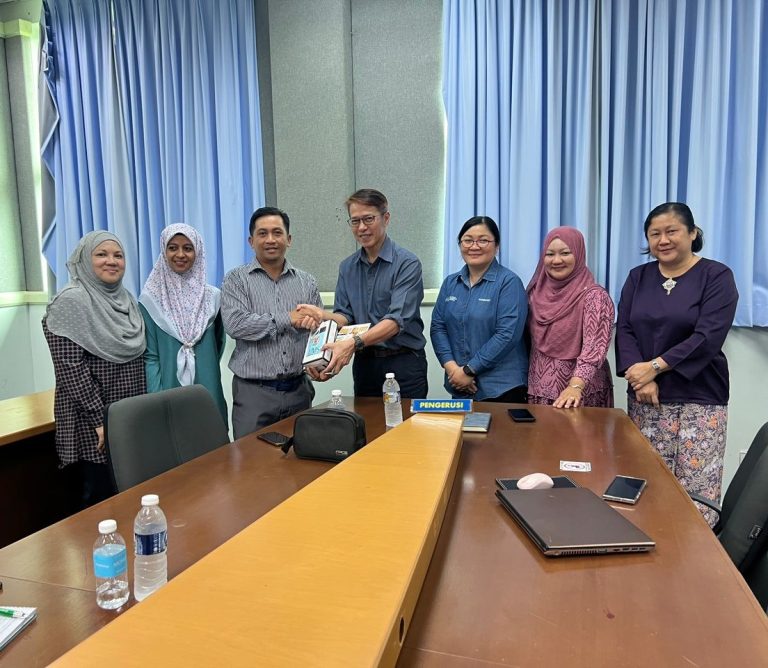“I hope that when I revisit it, this tree will have thrived,” Jenne Lajiun, a senior reporter, was visibly happy as she recently planted a tree seedling at the Bagahak 1 estate.
The Sawit Kinabalu Group, World Wide Fund for Nature (WWF) Malaysia, and Jenne, who was in attendance with other members of the media, have high expectations that the seedlings would bear fruit for the Bagahak Ecological Corridor Restoration Project. The tree Jenne planted was adorned with a purple ribbon and read Maya Hejnowska, the name of her daughter.
The goal of the fund’s partnership with the state-owned firm Sawit Kinabalu, according to Donna Simon, who heads the WWF-Malaysia Sabah Landscapes Programme (SLP) for the Tabin landscape, is to connect the remote Silabukan Forest Reserve with the nearby Tabin Wildlife Reserve through the corridor project.
“Isolated populations increase the risk of inbreeding, resulting in offspring of lower quality,” she said.
Given that there are roughly 50 orangutans in the Silabukan Forest Reserve and that Tabin is home to about 1,200 of them, Donna stressed the need of tackling isolation. The Tabin Wildlife Reserve, which was established in 1984, spans a sizable 123,799ha area and is enclosed by oil palm plantations.
The restoration of the Bagahak Ecological Corridor is an essential part of WWF-Malaysia’s Sustainable Living Programme (SLP), which merges conservation and sustainable development through its three main pillars of “Protect, Produce, and Restore”.
The expansive 4km project, funded by Beiersdorf AG and covering 57ha of land at the estate, aims to restore riparian function through active restoration, erosion control, and improved water quality to promote sustainable farming.
The corridor project, which was started in October of last year, has advanced significantly; more than 10ha have already been planted with up to 6,000 types of fast-growing trees and figs. Amazingly, those old trees have grown to a height equivalent to an adult human.
40 different animal species have been found in the corridor, including several rare and endangered species like orangutans, sun bears, pangolins, and sambar deer.
While future conservation activities will continue in the Heart of Borneo Landscape, the WWF-Malaysia SLP expands its efforts to three priority landscapes, including Tawau and Lower Sugut.
The coordinator of the WWF-Malaysia SLP Produce team, Max Donysius, stated that numerous parties, like governmental organisations and palm oil plantation corporations, needed to be involved in the project.
“Through the SLP, we strive to achieve conservation targets by safeguarding natural forests, protecting iconic species, like Bornean elephants and orangutans, and addressing the menace of poaching.
“Our team also provides technical support to growers within the landscapes, assisting them in forming grower groups and guiding them through the certification processes of the Malaysian Sustainable Palm Oil (MSPO) standard and the Roundtable on Sustainable Palm Oil (RSPO),” he said.
95.6 percent, or 1.44 million hectares, of Sabah’s oil plantations were MSPO-certified as of June this year, while at least 26%, or 425,882 hectares, were RSPO-certified.
Up to December of last year, the state’s total area under oil palm plantations was 1,508,060ha.
Source: https://www.nst.com.my/news/nation/2023/06/923730/state-palm-oil-firm-among-stakeholders-boosting-conservation-efforts






